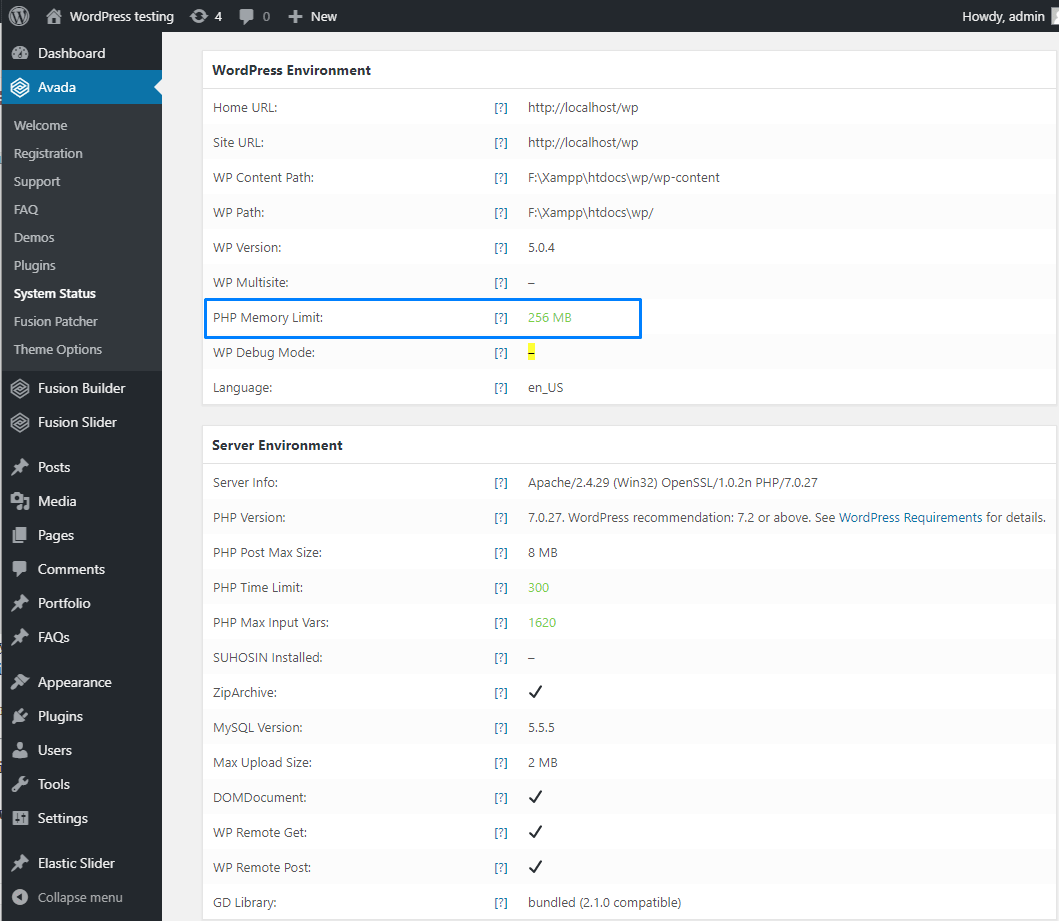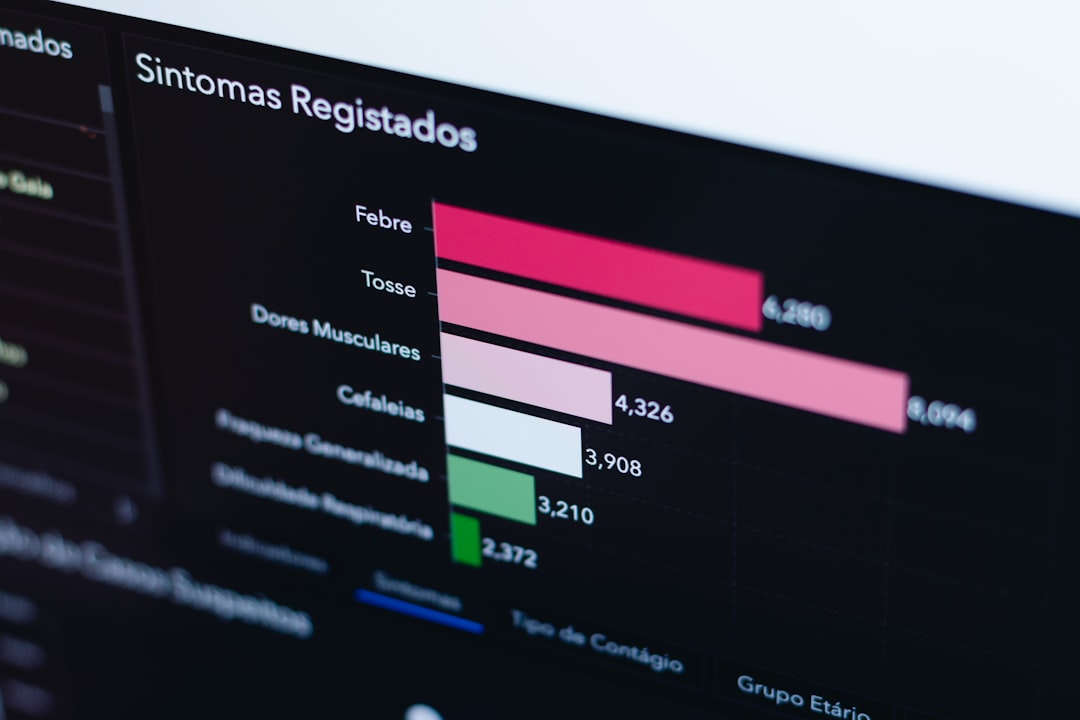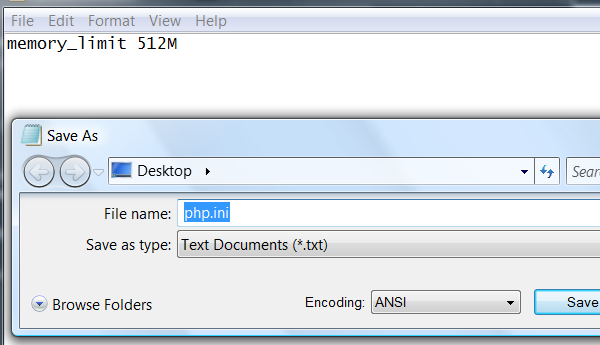In the ever-evolving world of technology, data privacy, and digital systems, new acronyms pop up constantly. One such term you may have come across recently is MPK. Despite its growing relevance, many people are unsure of what MPK actually means, and even fewer understand its value in different domains. In this article, we’ll unpack the layers of MPK, demystify its significance, and explore its applications across several industries.
TL;DR (Too Long; Didn’t Read)
MPK can stand for different things depending on the context, but most commonly it refers to Memory Protection Keys in computing. MPK provides hardware-level memory access control, increasing system security and performance. It’s especially useful in cloud computing and containerized environments. In finance and business, MPK might also refer to Marginal Product of Capital, an economic measurement used for analyzing productivity.
What Does MPK Stand For?
The acronym MPK can mean different things in different contexts. To avoid confusion, let’s break down the two most common interpretations:
- Memory Protection Keys – A hardware feature for memory access control in operating systems and software applications.
- Marginal Product of Capital – An economic concept measuring the additional output resulting from an increase in capital input.
Although the definitions are vastly different, both play crucial roles in their respective fields. Let’s delve into each usage, starting with the technological one.
MPK in Computing: Memory Protection Keys
In the world of computer architecture, Memory Protection Keys (MPK) is an important feature introduced in x86 processors by Intel. It enables finer-grained memory protection by allowing different pages in virtual memory to be tagged with “protection keys.” These keys determine access privileges for segments of memory, offering an efficient way to enforce security against unauthorized access by applications or malicious code.
How MPK Enhances Security
Traditionally, protecting memory required the use of page tables, which were computationally expensive to update. MPKs offer a faster and more elegant solution. Here’s how they enhance system security:
- Dynamic Access Control: Change memory access permissions without having to flush translation lookaside buffers (TLBs).
- Reduced Performance Overhead: Efficiently change permission levels via register updates instead of costly system calls.
- Improved Compartmentalization: Keep separate software components (e.g., plugin modules) isolated in memory, reducing impact zones of exploits.

Real-World Applications of MPK in Computing
MPK is especially useful in modern computing scenarios where performance and security are both top priorities. Examples include:
- Web Browsers: Isolating individual tabs or plugins to prevent cross interaction in memory.
- Cloud Servers: Protecting containerized applications from accessing each other’s memory spaces.
- Cryptographic Libraries: Keeping secrets inaccessible from the rest of the application memory.
Major operating systems like Linux have already added support for MPK under the feature called “Protection Keys for Userspace (PKU).” Developers can make system calls to allocate and manage memory keys as part of memory-safe applications.
MPK in Economics: Marginal Product of Capital
Now shifting gears from silicon to spreadsheets, Marginal Product of Capital is an essential concept in economics. It refers to the additional output or benefit generated by adding one more unit of capital (machines, buildings, etc.), while keeping other inputs constant.
In simple terms, if adding one extra machine at a factory increases total output by five units, the marginal product of that machine (capital) is five.
Why MPK Matters in Business and Economics
Business executives, economists, and policymakers regularly analyze MPK to make strategic decisions. It impacts everything from company investments to macroeconomic policy. Here’s why it matters:
- Investment Decision-Making: Knowing which capital investments yield the highest return helps businesses allocate funds efficiently.
- Cost-Benefit Analysis: MPK can help determine the optimal level of production resources.
- Economic Growth Theories: It’s a key variable in models like the Solow Growth Model, which analyzes long-term economic progress.
How to Calculate MPK
MPK is calculated using the basic formula:
MPK = ΔOutput / ΔCapital
Where:
- ΔOutput = Change in total output
- ΔCapital = Change in capital input
Example: Suppose a factory’s output increases from 100 to 130 units after adding an extra machine (capital goes from 10 to 11 units). Then:
MPK = (130 – 100) / (11 – 10) = 30

MPK vs Other Productivity Metrics
MPK isn’t the only metric used to gauge productivity. It often appears alongside these related terms:
- Marginal Product of Labor (MPL): Measures output per additional unit of labor.
- Total Factor Productivity (TFP): Looks at outputs produced from all combined inputs (labor, capital, etc.).
- Return on Investment (ROI): Measures financial gains compared to investment cost, somewhat broader than MPK.
In macroeconomic discussions, MPK is often used to explain the level of efficiency in capital allocation across industries. Economists may infer whether a particular country is making the most out of its physical or financial capital based on average MPK figures across sectors.
Why Understanding MPK Is Increasingly Important
Whether you’re in the tech industry, finance sector, or academia, understanding MPK can give you an edge:
- For Developers: It helps you build safer software and navigate system-level security.
- For Business Leaders: MPK helps evaluate the return on capital investments, which is key to scaling operations.
- For Economists and Analysts: It provides insights into productivity and long-run economic sustainability.
Given the pace at which technology is infiltrating traditional sectors like manufacturing and finance, having a grasp on both definitions of MPK makes you better equipped for the future.
Final Thoughts
MPK may appear as just another acronym, but it encapsulates key concepts in both technology and economics. Depending on your professional focus, it could stand for memory protection mechanisms or a cornerstone economic metric driving investment decisions. Either way, understanding MPK helps you make smarter decisions—whether you’re debugging code or analyzing an investment portfolio.
So next time you see “MPK” pop up in a conversation or technical document, remember: context is everything.
